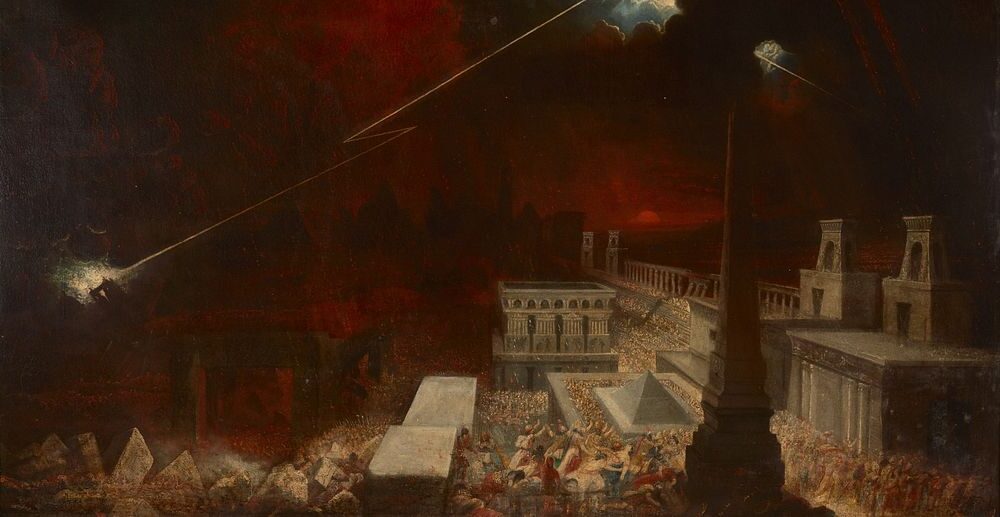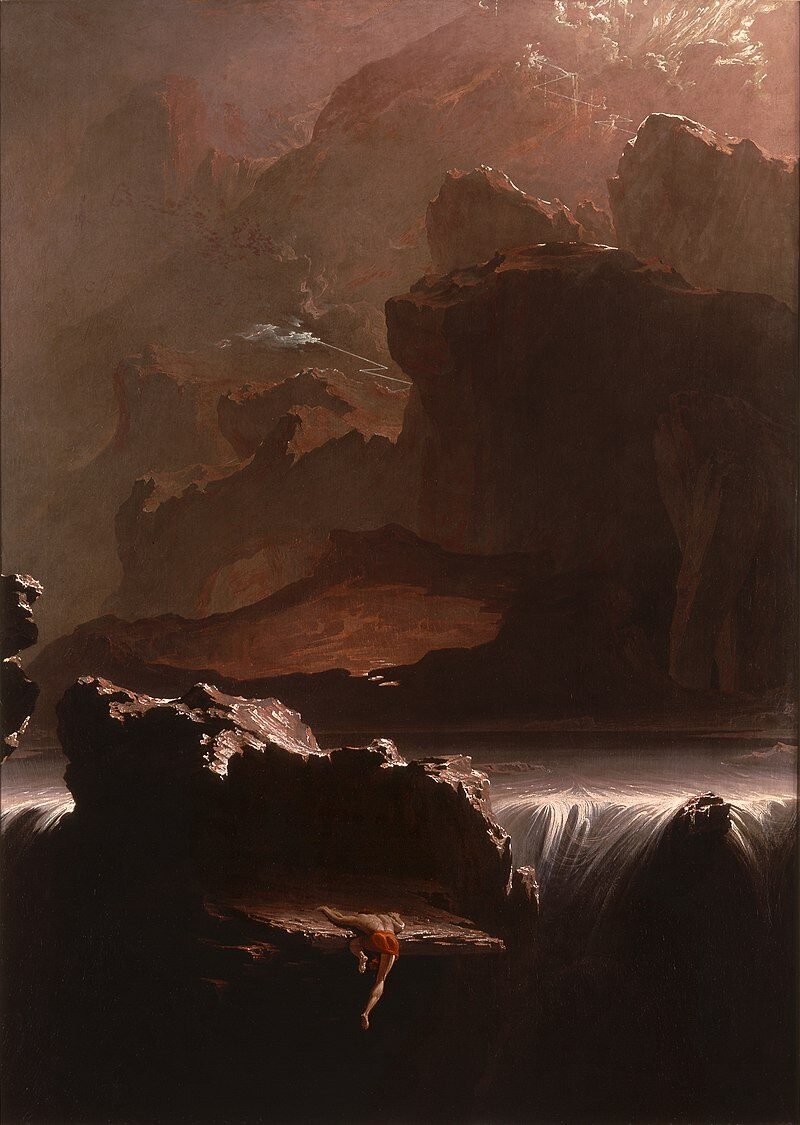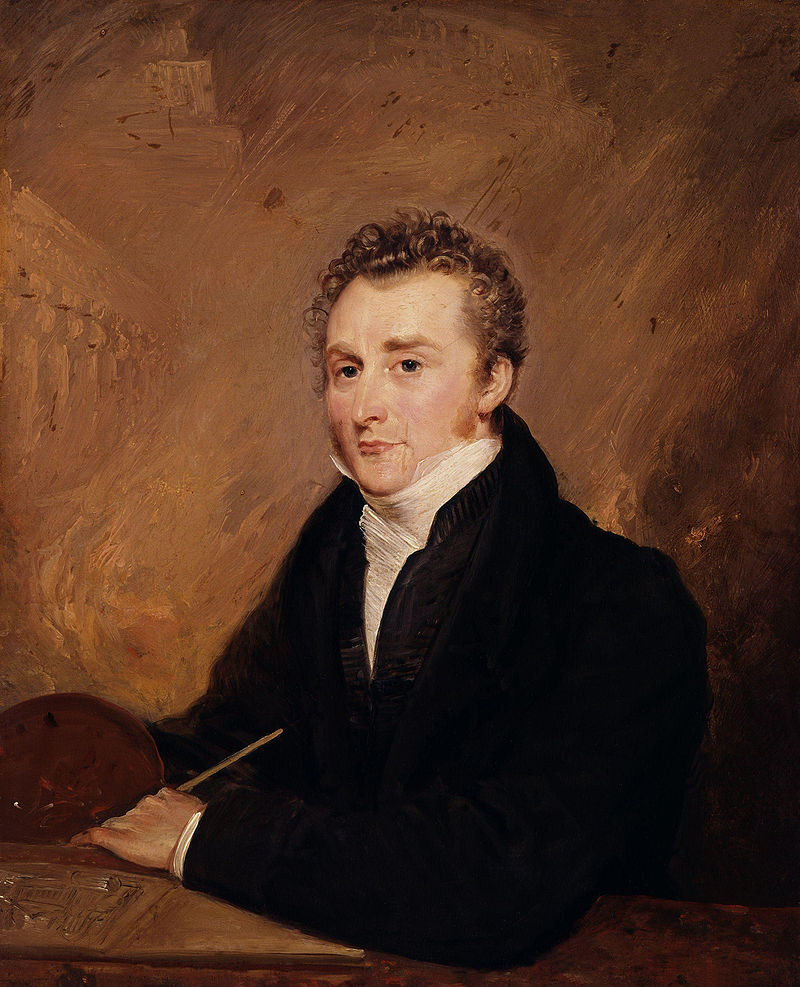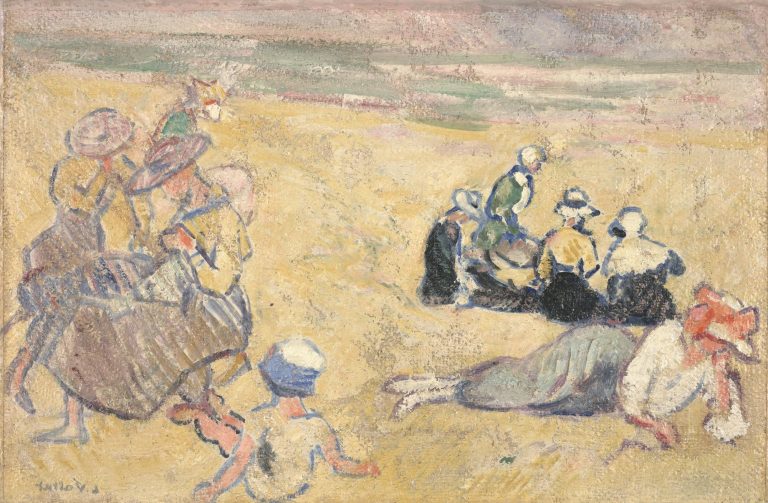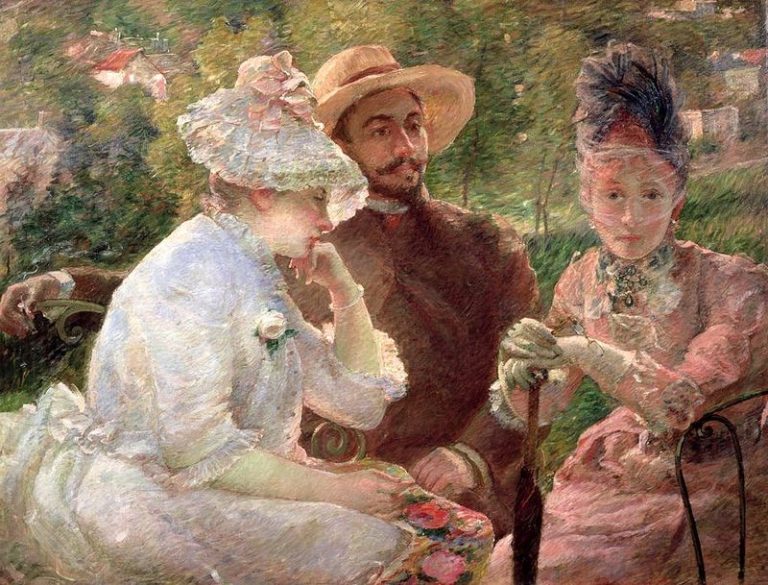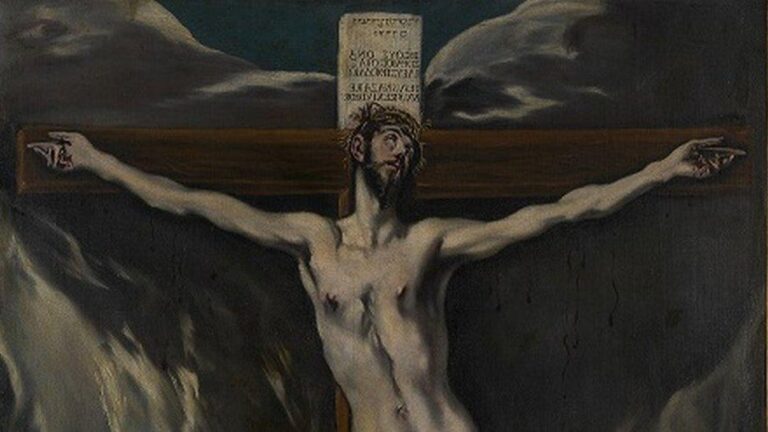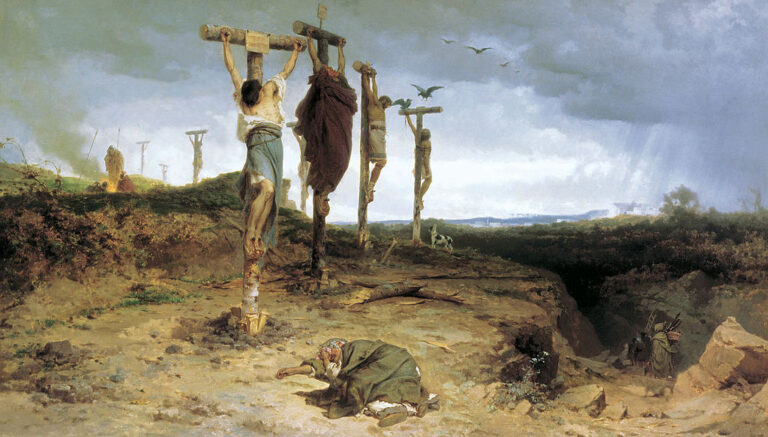John Martin Painter: Visionary Artist of Romantic Landscapes
Né le : 19 juillet 1789, Northumberland, Angleterre
Décès : 17 février 1854, Douglas, Île de Man
Mouvement artistique : Romantisme
Nationalité : Britannique
Influencé par : John Milton
Enseignant : Boniface Musso
John Martin Painter: Visionary Artist of Romantic Landscapes
Life and Career of John Martin
John Martin rose from humble beginnings to become one of England’s most celebrated Romantic painters. His career spanned several decades. During this time, he developed a distinctive style characterized by dramatic, large-scale scenes.
Petite enfance et éducation
Born on July 19, 1789, John Martin grew up in modest circumstances before finding his path in art. At the young age of 15, he began studying under an Italian painter. He also learned to paint china, developing technical skills that would serve him throughout his career.
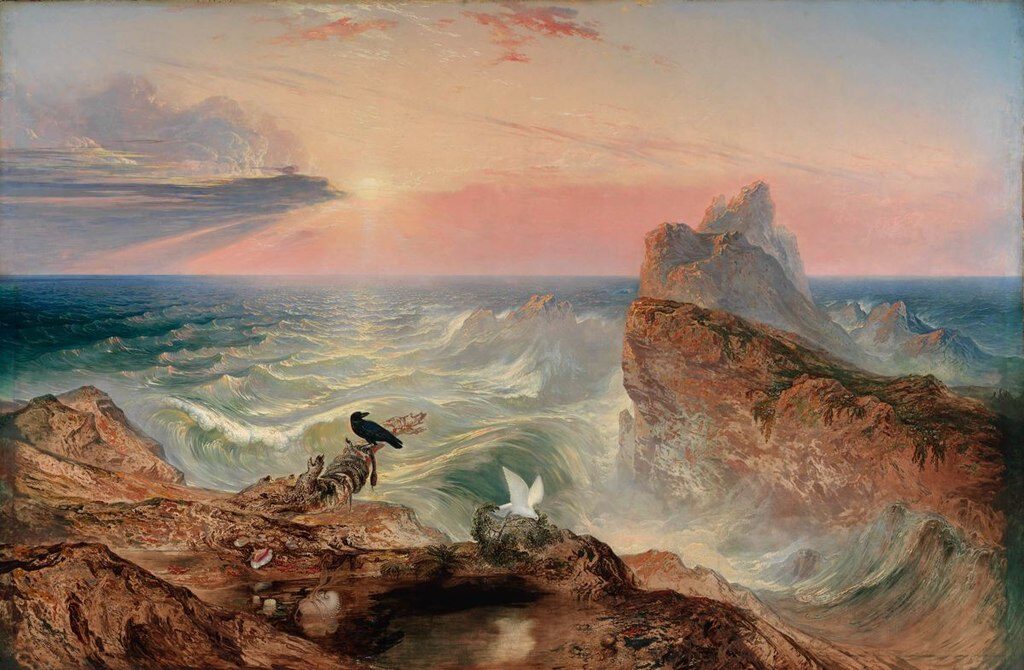
The Assuaging of the Waters, 1840 by John Martin
Martin moved to London to pursue artistic opportunities. In 1811, his first oil painting, “A Landscape Composition,” was exhibited at the prestigious Royal Academy of Arts in London. This marked an important milestone in his development as a serious artist.
During these formative years, Martin worked as a glassmaker to support himself while he refined his artistic techniques and vision. This practical experience with materials likely influenced his later detailed work.
Notable Periods and Artistic Development
Martin achieved recognition for his dramatic paintings featuring vast architectural landscapes and biblical or mythological scenes. His work is distinguished by spectacular effects of light and shadow, apocalyptic themes, and incredibly detailed panoramic views.

Eve’s Dream, Satan Aroused, from Paradise Lost, 1824–1827
As an English Romanticist painter, engraver, and illustrator, Martin developed a unique style that captivated audiences. His paintings often depicted cataclysmic events with tiny human figures placed against enormous architectural backgrounds or natural settings.
Martin’s career flourished as he created mezzotint engravings, further establishing his reputation. His melodramatic scenes became his signature style, characterized by their emotional impact and theatrical quality.
By mid-career, Martin had become one of the most popular artists of his time. His paintings of biblical catastrophes and epic historical events earned him celebration and commercial success, though critical reception was sometimes mixed.
Travaux importants
John Martin produced several masterpieces that showcased his unique artistic vision and dramatic style. His apocalyptic scenes and fantastical landscapes earned him both acclaim and criticism during his lifetime.
Le grand jour de sa colère
“The Great Day of His Wrath” (1851-1853) stands as one of Martin’s most dramatic apocalyptic paintings. It forms part of his final triptych, depicting the end of the world as described in the Book of Revelation.

The Great Day of His Wrath, 1851 by John Martin
The painting shows a vast landscape being violently torn apart by divine forces. Mountains crumble and collapse while tiny human figures fall into the abyss below. The composition uses strong diagonals and sharp contrasts between light and dark.
Martin employed a reddish-yellow palette to create an atmosphere of fire and destruction. The painting measures approximately 197 × 303 cm, making its impact even more powerful when viewed in person.
Critics have noted how Martin used perspective to create a sense of unlimited space, enhancing the feeling of cosmic catastrophe. The work exemplifies his ability to blend religious narrative with dramatic natural forces.
Sadak à la recherche des eaux de l'oubli
“Sadak in Search of the Waters of Oblivion” (1812) helped establish Martin’s reputation early in his career. The painting illustrates a scene from James Ridley’s “Tales of the Genii,” showing the hero Sadak climbing a treacherous mountain.
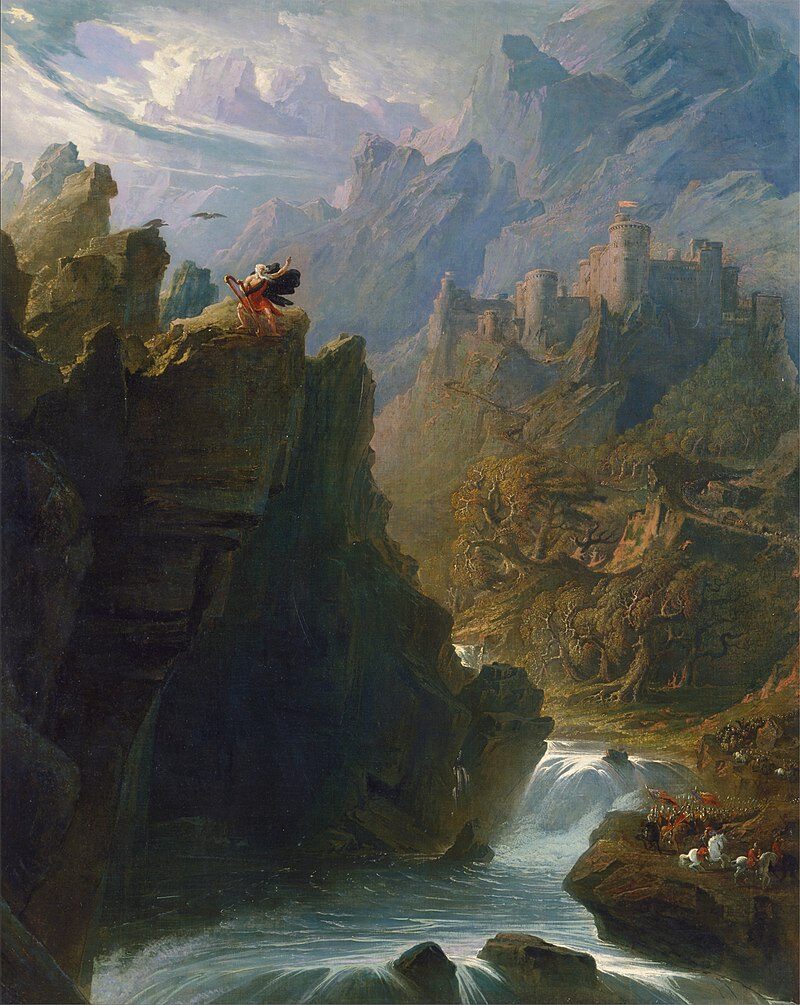

The tiny figure of Sadak clings to rocky cliffs, dwarfed by the immense landscape around him. Martin used dramatic contrasts of light and shadow to emphasize the perilous nature of Sadak’s quest.
The composition features a central mountain formation, a distant body of water, dark, foreboding rock faces, and a minuscule human figure.
This work demonstrates Martin’s mastery of the sublime—combining beauty with terror. It shows his characteristic style of placing small human figures against vast, overwhelming landscapes.
The painting’s theatrical quality and sense of danger captivated audiences when first exhibited at the Royal Academy.
The Last Judgement
“The Last Judgement” (1853) completed Martin’s apocalyptic triptych alongside “The Great Day of His Wrath” and “The Plains of Heaven.” This dramatic work depicts the final judgment of souls as described in biblical prophecy.
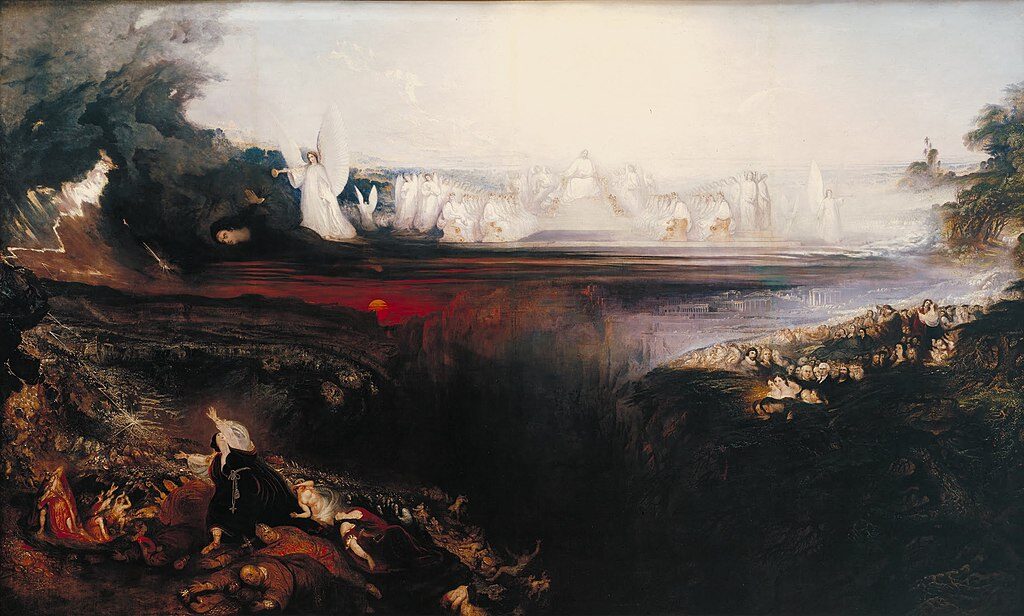
The Last Judgement, 1853 by John Martin
Martin divided the canvas into distinct zones. The upper portion shows Christ enthroned, surrounded by the saved souls. Below, sinners face eternal punishment while angels with trumpets announce the final judgment.
The painting uses architectural elements to create structure within the chaotic scene:
- Classical colonnades in the heavenly realm
- A valley of judgment in the middle ground
- Hellish depths in the lower sections
Martin’s attention to detail is evident in the countless human figures populating the scene. Though smaller than some of his earlier works, the painting remains impressive at 196.8 × 307.7 cm.
This final masterpiece showcases Martin’s lifelong interest in biblical narratives and his unique ability to visualize cosmic events on canvas.
Techniques et contributions artistiques
John Martin developed unique techniques artistiques that set him apart from his contemporaries. He became known for creating dramatic landscapes and biblical scenes on a massive scale.
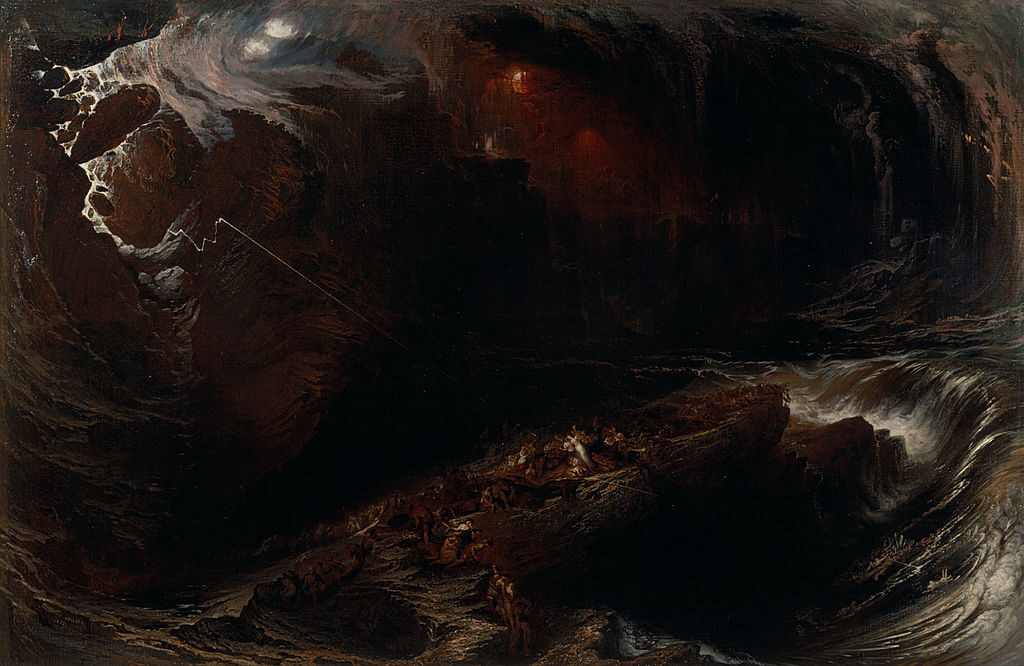
The Deluge, 1834 by John Martin
Martin mastered the mezzotint technique, which allowed him to create rich, dark tones and striking contrasts. This printmaking method helped him distribute his work to wider audiences through reproductions of his paintings.
His compositions often featured tiny human figures placed against enormous architectural structures or vast natural landscapes. This technique created a sense of scale that emphasized human insignificance compared to nature or divine power.
Martin’s use of light was particularly distinctive. He created dramatic lighting effects with bright spots of illumination against dark backgrounds, enhancing the emotional impact of his scenes.
While primarily known for his oil paintings, Martin also worked with watercolor. These works showed his versatility as an artist and his ability to create atmospheric effects across different mediums.
His technical innovations extended beyond painting. Martin also developed engineering projects and infrastructure plans, showing how his artistic vision connected with practical design.
Martin’s artistic contributions influenced the development of spectacular visual effects in art. His dramatic style and technical approaches inspired later artists and even early filmmakers, who admired his ability to create visually striking scenes of biblical and historical events.
Questions fréquemment posées
John Martin created dramatic apocalyptic scenes that captivated audiences during the Romantic period. His work continues to fascinate art collectors and historians due to his unique vision and technical skill.
What are some notable works by John Martin?
Martin’s most famous paintings include “The Great Day of His Wrath,” part of his apocalyptic triptych. “Belshazzar’s Feast” (1820) established his reputation with its dramatic lighting and architectural detail.
“The Destruction of Pompeii and Herculaneum” showcases his mastery of catastrophic imagery. “Pandemonium” (1841), inspired by Milton’s Paradise Lost, depicts the capital of Hell with striking imagination.
His “The Plains of Heaven” offers a contrasting peaceful vision to his more tumultuous works.
Where can one purchase original John Martin paintings or prints?
Original John Martin paintings occasionally appear at major auction houses like Christie’s and Sotheby’s. These works command significant prices when they become available.
Reproduction prints can be purchased from museum shops including the Tate Britain and National Gallery. Online art retailers like Art UK and specialized print shops offer high-quality reproductions of his most famous works.
Several online marketplaces occasionally list original Martin engravings, which are more accessible than his paintings.
What inspired John Martin to create ‘The Great Day of His Wrath’?
“The Great Day of His Wrath” was inspired by biblical apocalyptic imagery, particularly from the Book of Revelation. Martin painted this work as part of his final triptych completed in the 1850s.
Religious themes dominated Martin’s imagination throughout his career. His personal interpretation of biblical catastrophe reflected Victorian concerns about divine judgment and moral consequences.
The dramatic geological formations in the painting also demonstrate Martin’s interest in scientific discoveries of his time regarding geology and natural history.
How has John Martin’s style influenced the art world?
Martin’s epic landscapes and dramatic lighting techniques influenced later Romantic painters. His apocalyptic visions created a new visual language for depicting catastrophe and the sublime.
His work impacted early cinema, particularly epic films depicting biblical scenes. Film directors like Cecil B. DeMille drew inspiration from Martin’s dramatic compositions and lighting effects.
Martin’s detailed architectural fantasies influenced fantasy art and early science fiction illustration. His work continues to inspire contemporary artists working in fantasy, science fiction, and concept art for films and games.
Where can John Martin’s artwork be viewed in person?
The Tate Britain in London houses the largest collection of John Martin’s works, including his apocalyptic triptych. The Victoria and Albert Museum also displays several important Martin paintings.
The Laing Art Gallery in Newcastle, near Martin’s birthplace, maintains a collection of his works. The Yale Center for British Art in the United States holds several significant Martin paintings.
Regional British museums occasionally feature touring exhibitions of Martin’s work, making his art accessible to wider audiences.
What historical era did John Martin’s work primarily represent?
Martin’s career spanned the late Georgian and Victorian eras. His most productive period occurred during the Romantic movement (1789-1854). He worked during a time of rapid industrialization and scientific discovery in Britain.
His apocalyptic themes reflected the religious anxieties of the period. Meanwhile, Martin’s architectural visions coincided with a revival of interest in classical and biblical architecture.
His work captured the Victorian fascination with both technological progress and concerns about moral decay. This positioning made him a unique chronicler of his time’s contradictions.

